An excellent write-up by Alex Christie on the U-2 (Dragon Lady) Spy Plane.
#avgeek #aviation #military #USAF
Originally shared by Alex Christie
So, what I really wanted to talk about was the Lockheed U-2, but the last post was just getting to long to include this plane. So, this is Part 2. Nicknamed “Dragon Lady”, is a single-engine, high altitude reconnaissance aircraft operated by the United States Air Force (USAF) and previously flown by the Central Intelligence Agency (CIA). You know it always needs well when the CIA has access to their own reconnaissance aircraft, or even their own airline.. Here’s looking at you Air America!
What’s so cool about the U2 is how prominently featured in several events during the Cold War. At a number stages during the Cold War, U-2s commonly overflew the Soviet Union, the People’s Republic of China, North Vietnam, and Cuba. In 1960, CIA pilot Gary Powers was shot down while flying a U-2 over Soviet territory. In 1962, a U-2 piloted by Major Rudolf Anderson, Jr. was shot down over Cuba by surface-to-air missiles during the Cuban missile crisis. All of which was supposed to be impossible, but then the Titanic was supposed to be unsinkable too right!?
The U-2 has remained in service since the end of the Cold War and is one of several aircraft types that have been operated by the USAF in excess of 50 years. It has participated in conflicts such as Afghanistan and Iraq, and supported several multinational NATO operations. The role of the U-2 is increasingly performed by alternative platforms, such as surveillance satellites, unmanned reconnaissance drones such as the Northrop Grumman RQ-4 Global Hawk, and conventional aircraft.
Beyond not using American military personnel to fly the U-2, Eisenhower preferred to use non-US citizens. Plausible deniability people… Although, everyone was going to know who built, payed for, and operated this aircraft, but that’s neither here nor there… As of July 2013 the nationalities of the foreign pilots recruited remains classified. The language barrier and a lack of appropriate flying experience proved problematic; by late 1955, foreign pilots were out of the program.Turning to Americans, pilots had to resign their military commissions before joining the agency as civilians, a process referred to as “sheep dipping”, and were always called “drivers”, not pilots. The program only recruited from SAC fighter pilots with reserve USAF commissions, as regular commissions complicated the resignation process. The program offered high salaries (just like Air America) and the USAF promised that pilots could return to their units at the same ranks as other officers. The CIA’s standards for selection were higher than the USAF’s once the latter began its own U-2 flights; although more candidates were rejected, the CIA’s program had a much lower accident rate. Test pilot Tony LeVier trained other Lockheed pilots to fly the U-2, who by September 1955 trained six USAF pilots, who in turn trained “sheep-dipped” pilots. As no two-seat trainer model was available for the program’s first 15 years, training was done before the trainee’s first solo flight and via radio. Pilots had to adjust to the U-2’s unusual combination of jet engines and enormous, high-lift glider wings; because of the “coffin corner” they learned of the need to pay complete attention to flying when not using the autopilot i.e. no texting while driving!
Not really a Fun Fact but: The CIA chose for the mission—the 24th deep-penetration Soviet overflight—Operation GRAND SLAM, an ambitious flight plan for the first crossing of the Soviet Union from Peshawar, Pakistan to Bodo, Norway; previous flights had always exited in the direction they had entered. The route would permit visits to Tyuratam, Sverdlovsk, Kirov, Kotlas, Severodvinsk, and Murmansk. Francis Gary Powers, the most experienced pilot with 27 missions, was chosen to fly the U-2. After delays, the flight began on May Day, 1 May; this was a mistake because as an important Soviet holiday there was much less air traffic than usual. The Soviets began tracking the U-2 15 miles outside the border, and over Sverdlovsk, four and one half hours into the flight, one of three SA-2 missiles detonated behind the aircraft at 70,500 feet; another hit a Soviet interceptor attempting to reach the American aircraft. Powers survived the near miss and was quickly captured; the crash did not destroy the U-2 and the Soviets were able to identify much of the equipment. Project officials believed that surviving a U-2 accident from above 70,000 feet was impossible, so used the preexisting cover story. On 3 May, the National Aeronautics and Space Administration (NASA, the successor to NACA) announced that one of its aircraft, making a high altitude research flight in Turkey, was missing; the government planned to, if necessary, say that the NASA aircraft had drifted with an incapacitated pilot across the Soviet border. This is the shit that I used to have to do… Spin the story!
By remaining silent, Khruschev lured the Americans into reinforcing the cover story until he revealed on 7 May that Powers was alive and had confessed to spying on the Soviet Union. Eisenhower turned down DCI Dulles’ offer to resign and publicly took full responsibility for the incident on 11 May; by then all overflights were canceled. The Paris Summit collapsed after Khruschev, as the first speaker, demanded an apology from the U.S. which Eisenhower refused. An apology would admit culpability and we couldn’t have that… Guess you have to be ego-tripping to get to the Oval Office. The expansion of satellite intelligence partly compensated for the overflights’ end, but because U-2 photographs remained superior to satellite imagery future administrations considered resumption at times..
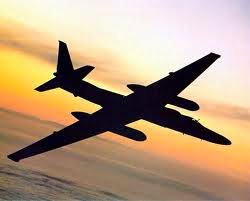
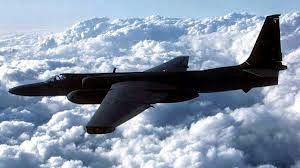
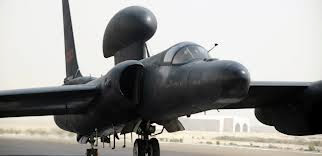
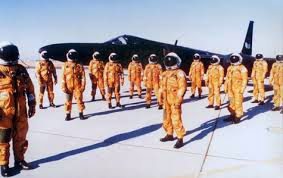
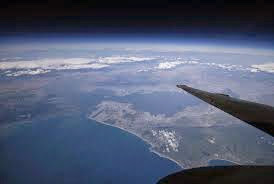
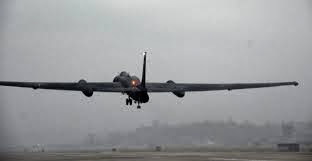
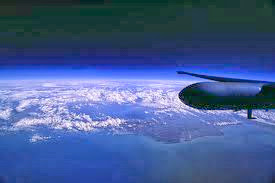
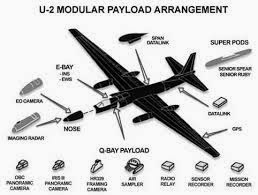
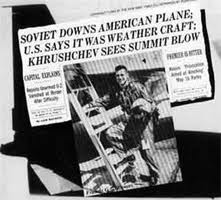
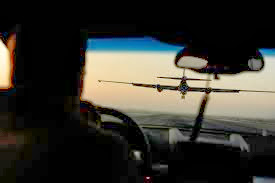
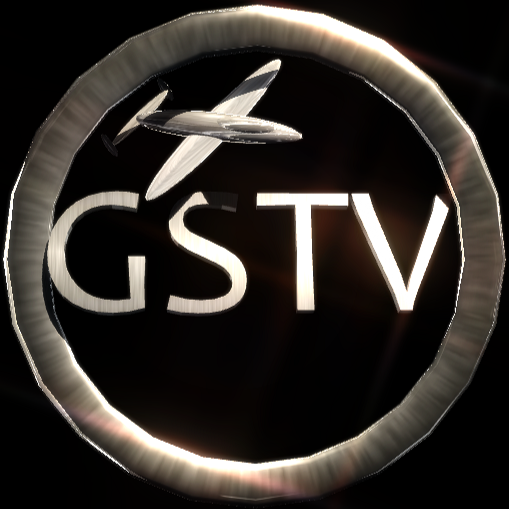
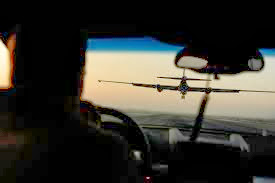
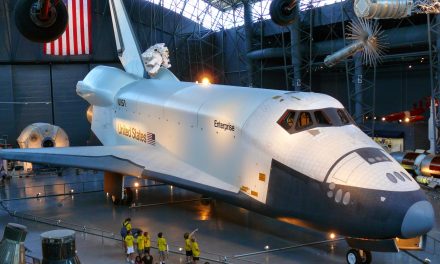

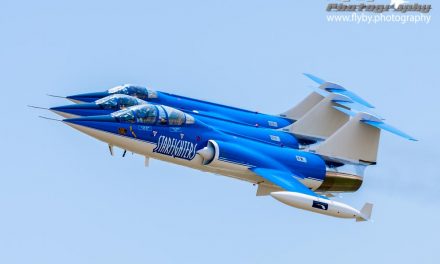
Recent Comments